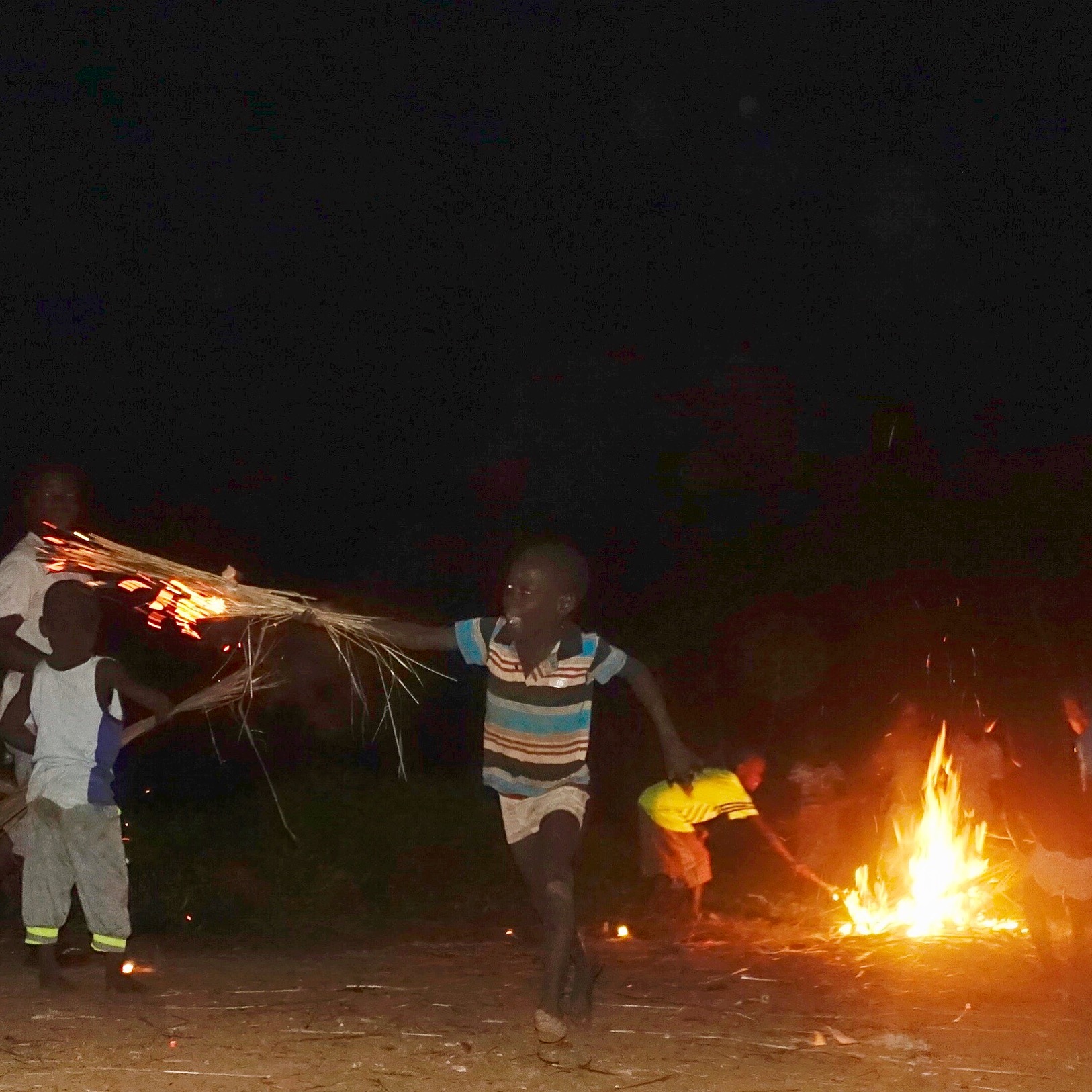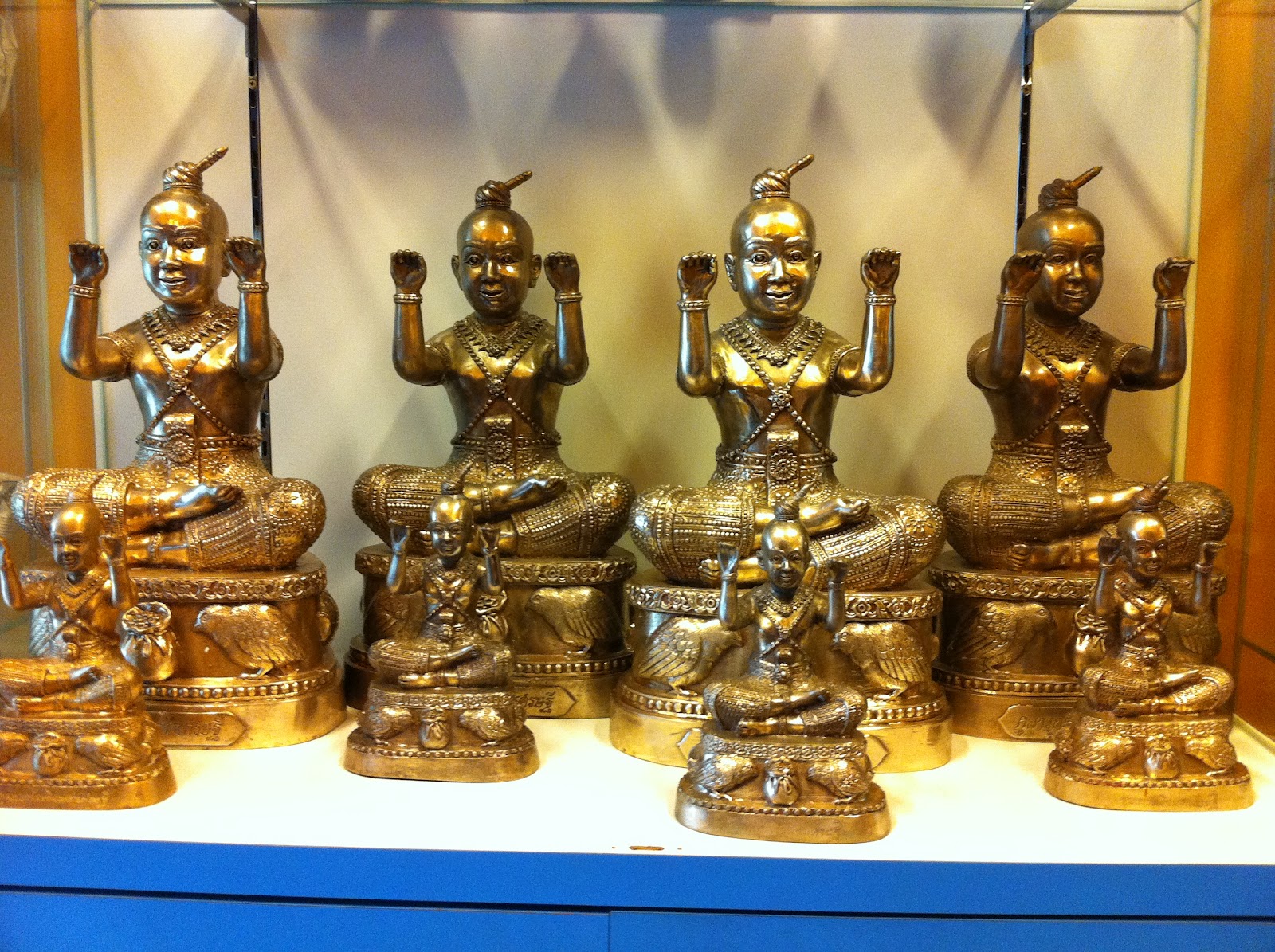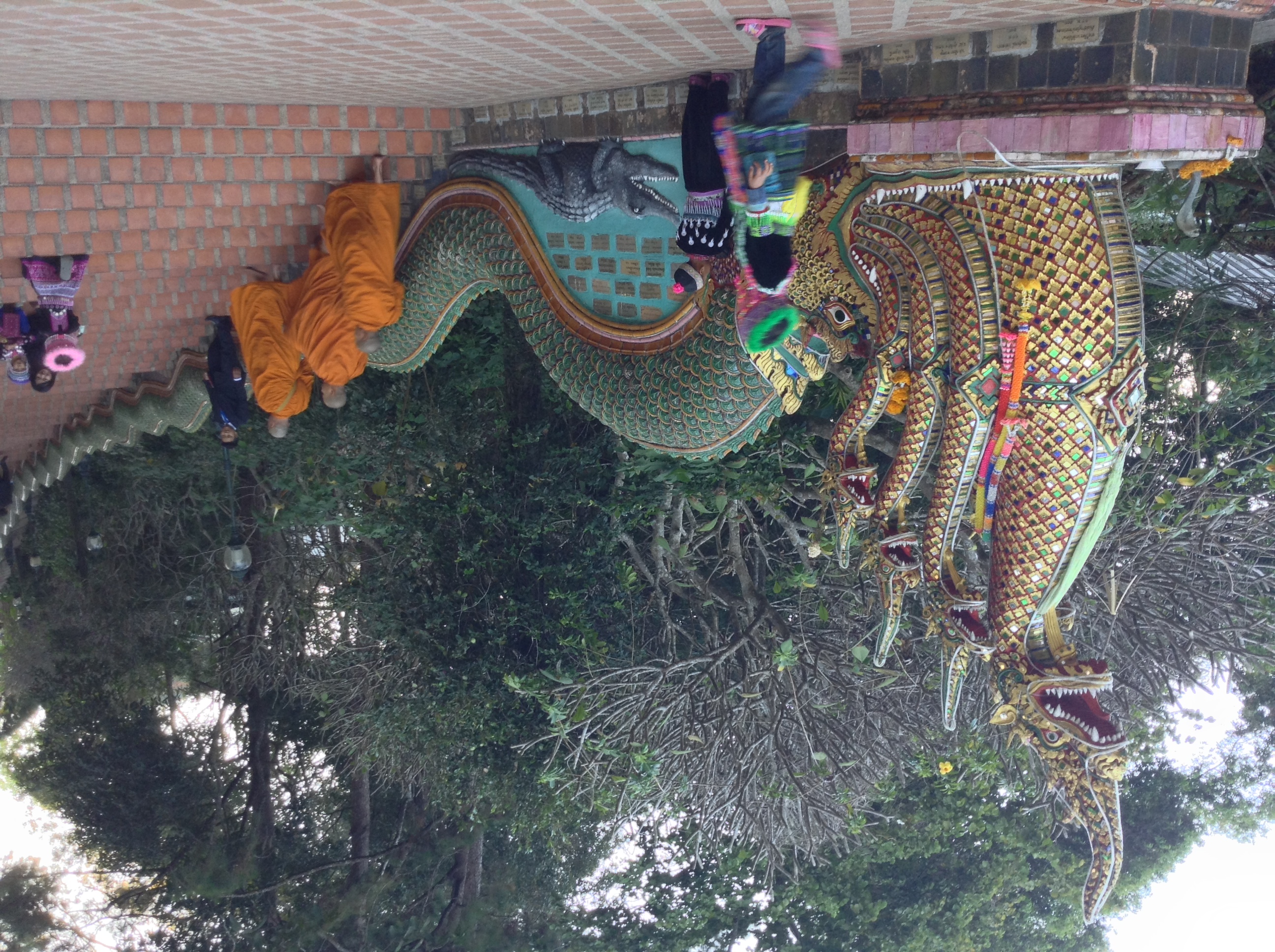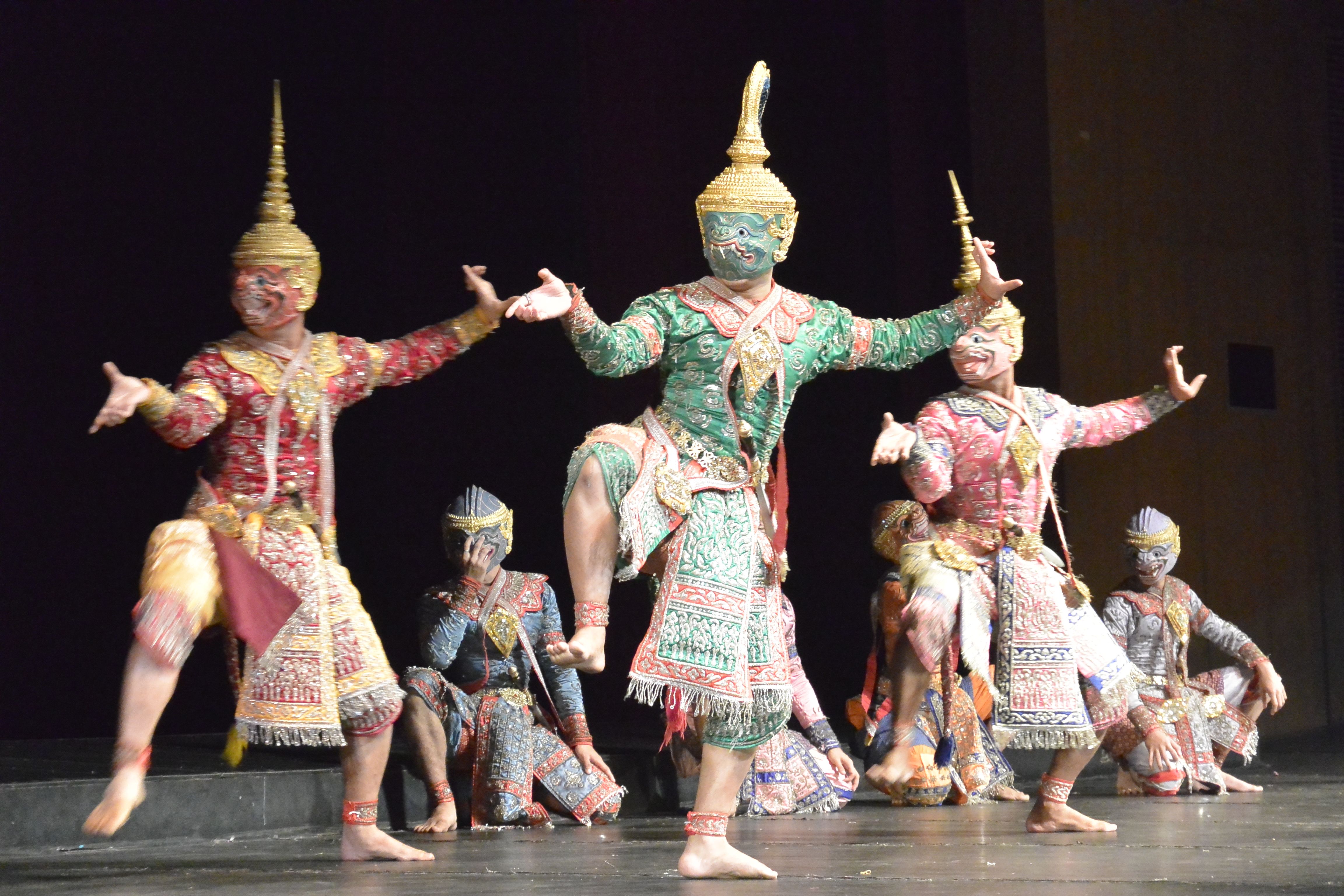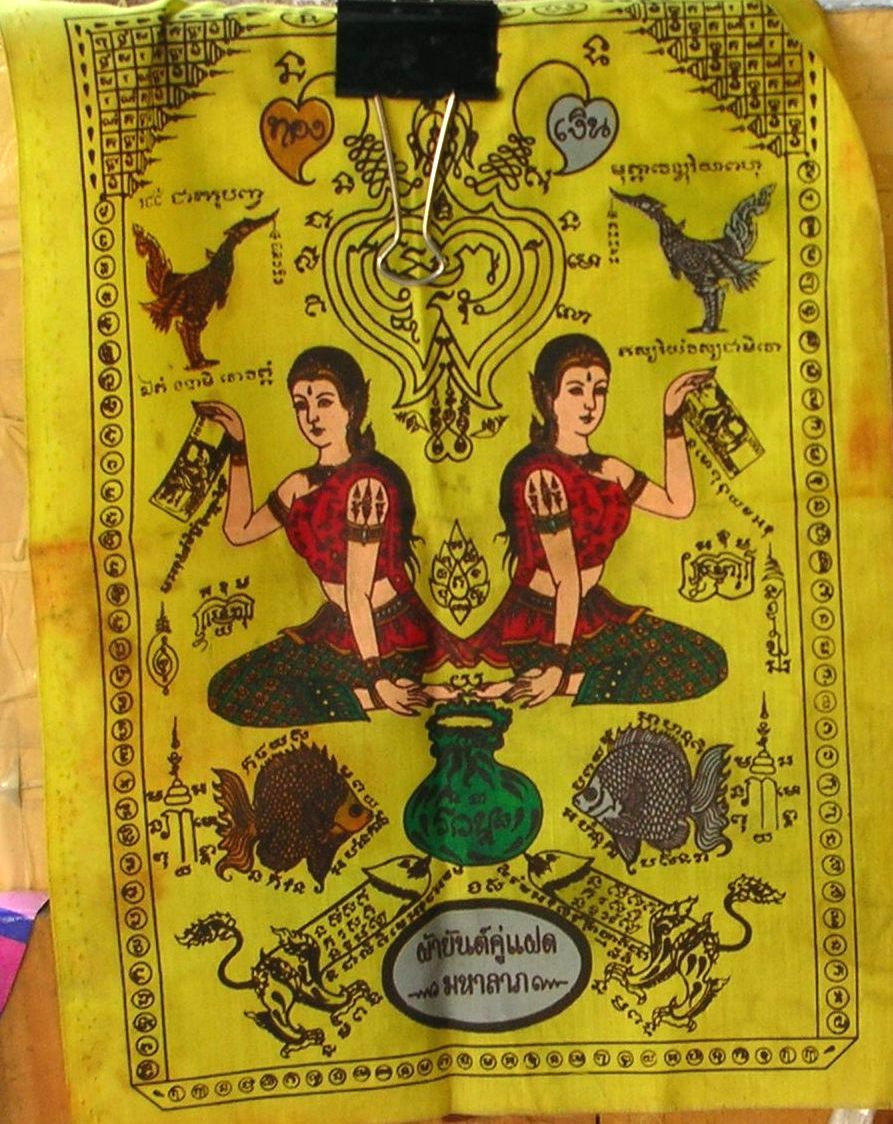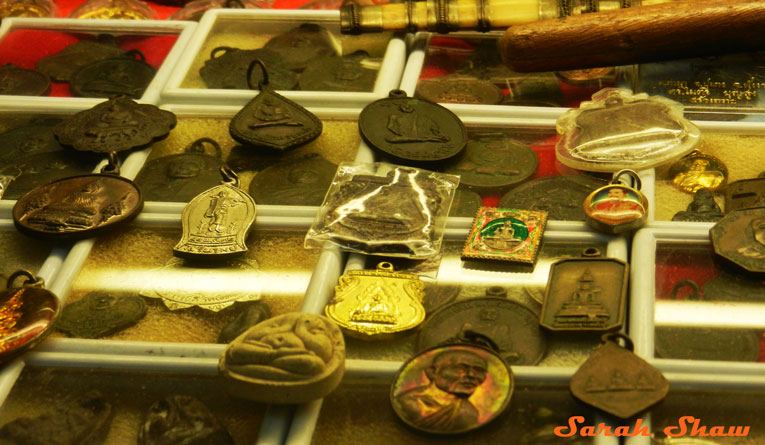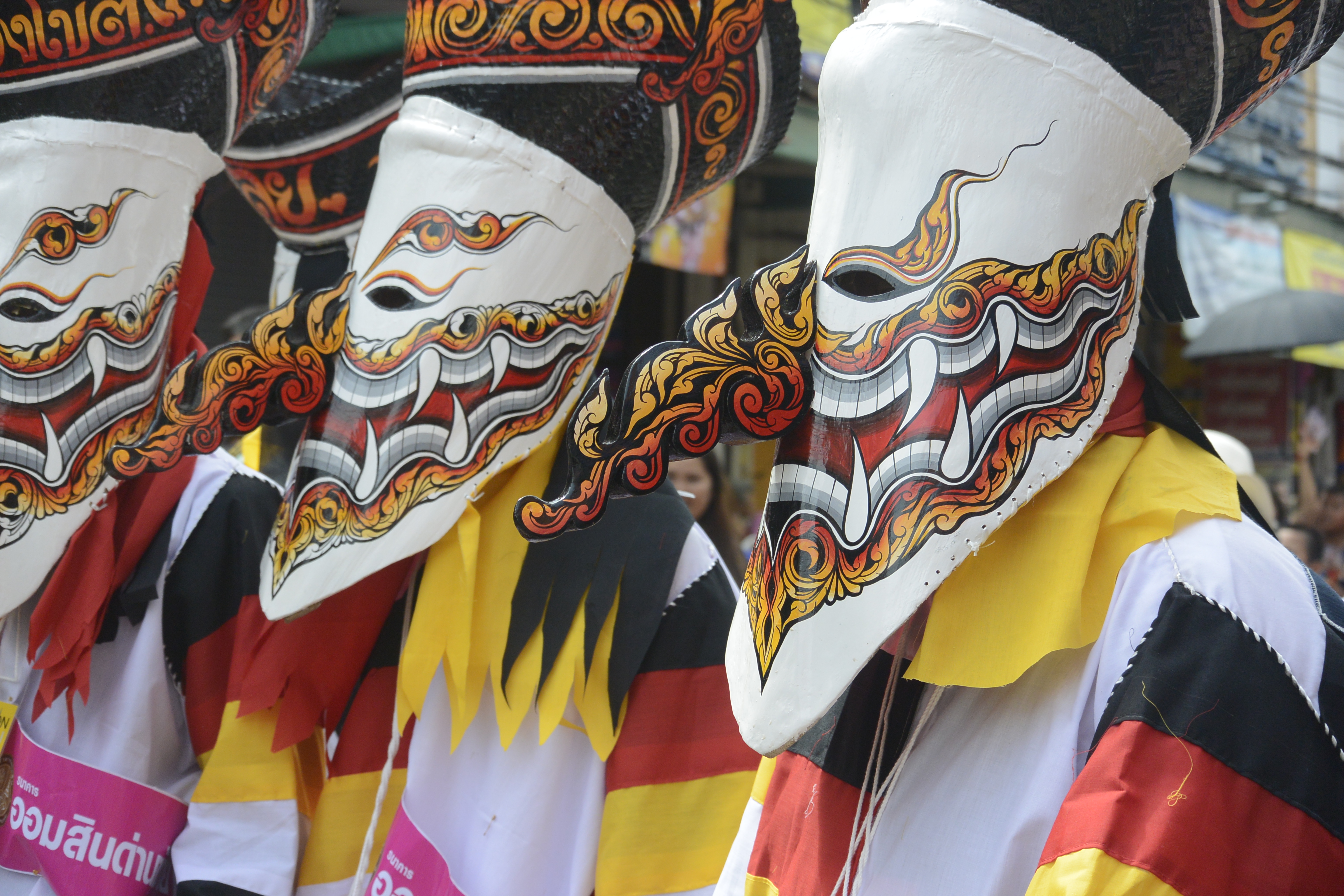I can’t think of anything that I love more about living abroad than getting to take part in cultural festivals. I love that Winneba, where I live in Ghana, has some wonderful annual festivals: Aboakyer and Fancy Dress. When I heard about what many people call Fire Festival in the North, I knew I had to go.
Tag: folklore
Folklore of Thailand: Kuman Thong
I recently learned about a totally fascinating part of Thai folklore and wanted to share: the practice of a kuman thong (กุมารทอง). In Pali, kuman means “little boy” and thong means “golden,” so the kuman thong are effigies of children with gold leaf on them. They are believed to represent the spirit of a child and proper treatment of the effigy, thus honoring the spirit, will bring good fortune. It is also a practice of necromancy.
more “Folklore of Thailand: Kuman Thong”
Folklore of Thailand: Naga Fireballs
This past weekend was the beginning of Vassa, otherwise known as Buddhist Lent, which I wrote about last year. This year, I went to one of the biggest celebrations of this holiday, the Candle Festival in Ubon Ratchathani. These state instituted holidays don’t really fall under the umbrella of “folklore,” per se, but there is some folklore related to the ending of Buddhist Lent, called Ork Phansa, with unexplained fireballs rising out of the Mekong River.
Folklore of Thailand: the Epic Poem, the Ramakien
I mentioned in my last post that the nang kwak and Suvannamaccha good luck tapestries hung up in shops in Thailand have roots in the Ramakien. The Ramakien, “the Glory of Rama,” is the National Epic of Thailand, and folklore of Thailand in the truest sense of the word folklore. But is it truly Thai and what story does it tell?
Folklore of Thailand: Good Luck Tapestries
In my last post about amulets and charms in Thailand, I ended with a short bit on the waan nang kwak, or a figure of a beckoning woman that is displayed in shops in Thailand as a way of encouraging business. That is a good segue into other things that are displayed in shops that are meant to bring the shop good luck and lots of business: nang kwak as well as crocodile and Suvannamaccha, a Hindu mermaid, pha yant or tapestry. The figures represented on the pha yant are rooted in myths and stories as well as the more mystic beliefs of local spirits.
Folklore of Thailand: Amulets and Charms
A must-see list for any trip to Thailand inevitably includes a number of the gorgeous wats, or temples, that fill the country. From Bangkok’s Wat Phra Keaw to Chiang Mai’s Wat Chedi Luang, from Chiang Rai’s Wat Rong Khun to Petchabun’s Wat Paa Son Gaeow, from Si Saket’s Wat Lan Khuat to Bueng Kan’s Wat Phu Tok, wats are quite literally the center of village life in Thailand. Any trip to most any temple will show how folk beliefs and Buddhism have melded into the current practice of wearing and displaying khong khlang (ของลัง), or amulets and charms, which can be purchased at or near the temples. But what do these amulets and charms supposedly do and how do they get their powers?
Folklore of Thailand: Phi Ta Khon Festival
I’ve touched before on animistic beliefs and ghosts in Thailand, but this is a part of Thailand I find to be the most fascinating and interesting. Which is why I made it a priority to go to the Phi Ta Khon festival in Dan Sai, Loei this past weekend.
Bpai Tiao Video: Phi Ta Khon (Ghost Festival) 2014
In Thailand, a bpai tiao is a trip of any length. I’ve written about some of my more significant bpai tiaos to tourist destinations here, to be used as travel ideas and tips.
Earlier this year, I decided that there were a bunch of festivals all over Thailand that I had to go to. The one that I was most excited about going to was the Phi Ta Khon Festival in Loei, which I just got back from. Phi Ta Khon, or the Ghost Festival is so colorful and fun. Check out the video for yourself!

